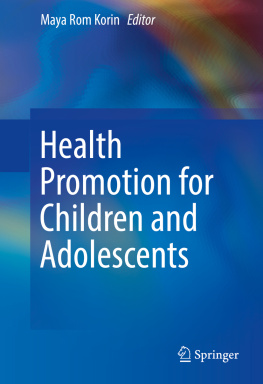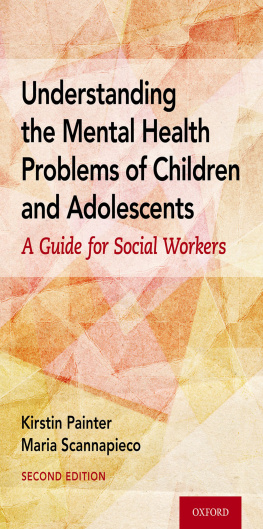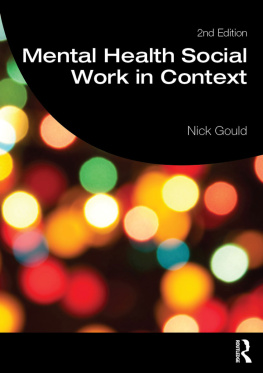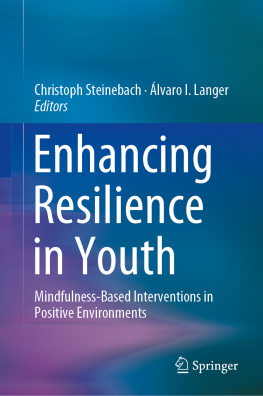1.1 What Is Health?
The concept of health has been a contested topic among public health practitioners. For many centuries, the notion of health was described as the absence of disease. With the discovery of the germ theory in the nineteenth century, the focus of public health in Western society was centered on the concept of a single cause for every disease. As chronic and noninfectious diseases started to increase in significance, it was clear that a multifactor model of disease and health was required (Blair, Stewart-Brown, Waterston, & Crowther, ). The concept of human health shifted from that of a disease model to that of a health model.
The WHO historically defined health as a state of complete physical, social, and mental well-being and that its goal is the attainment by all citizens of the worldof a level of health that will permit them to lead socially and economically productive lives (WHO Alma Ata 1977). With the WHOs conceptualization of health as a human right also came the assertion that all people should have access to basic resources for health. It also emphasized that there were certain prerequisites for health, such as peace, economic resources, food, shelter, and a stable ecosystem. In addition to the WHOs definition, optimal health has also been explained as the dynamic balance of physical, emotional, social, spiritual, and intellectual health (ODonnell, ). Newer definitions of health have adopted the concept of achieving personal potential. In this context, the state of ones health is dependent upon various factors that serve as foundations for such achievement.
Perhaps a more useful metric for a given definition of health is how it is interpreted by the general public, the target of health promotion activities. Laypeople described health as the absence of illness, being physically fit, leading a healthy lifestyle, having energy, having positive social relationships, being psychologically healthy, and being able to work and function in society (Lucas & Lloyd, ).
There has been some criticism of these definitions of health, as they are utopian in nature and unattainable, as anyone with any imperfection in their body, social, or psychological functioning is therefore not healthy. These broad definitions are perhaps too inclusive and difficult to measure and are thought of as too vague to be practical. Additionally, health and illness are social constructs: what counts as normal greatly depends on cultural norms, individual interpretations, and scientific knowledge (Blaxter, ).
1.2 Child Health
Children have their own set of considerations for what is necessary to be healthy. While the idea of a healthy child seems to be factual, historically, the notion of child health was constructed through social and political considerations. It was only in the mid-eighteenth century that the concept of childhood even existed. The twentieth century brought a turn in ideology where the child became centered in policy and practice and children were considered in social life. Yet, childhood is more than just a social phenomenon. It has its own set of biological, physical, psychological, and environmental concerns. How we define a child matters as it determines their relation and responsibilities, their rights, and their ability to consent. This book does not define childhood by particular ages, as growth into adulthood is a process which occurs at different paces and may, in fact, never have a definitive and clear ending.
Just as the concept of childhood has changed over time, so have ideas of child health. Historically, children were seen as being part of the economic workings of a family, expected to help in household activities and contribute to the familys economic situation from a very early age. In addition to the high rate of infant and childhood mortality, there was little done to provide education, health, or other provisions specifically to children. As the shift in germ theory led to improvements in overall mortality, there was also a transformation in which children were no longer thought of as being solely the responsibility of their family but also society at large. Increased evidence of how child health was influenced by both family and social conditions led to a broadening of the definition of what was required for children to be healthy (Blair, Stewart-Brown, Waterston, & Crowther, ).
Child health has been defined as the extent to which individual children or groups of children are able or enabled to (a) develop and realize their potential, (b) satisfy their needs, and (c) develop the capacities that allow them to interact successfully with their biological, physical, and social environments (Institute of Medicine, ). The United Nations Convention on the Rights of the Child outlines several principles that are important in child health, including the right of children to health, safety, identity, to be heard and listened to, and to participate in their health care.
While child public health shares many approaches of general public health practice, it is a distinct subspecialty that takes into account the developmental changes of children, as well as their dependence on adults for much of this period (Macleod et al., ). Childrens early experiences help shape how they will respond to challenges later on in life and how their health develops over time.
Child health and well-being is thus complicated by the fact that it encompasses both childrens present lives and their future development. It is both being and becominglife as it is experienced and life as it developsand having the balance between those tenses. One does not want to only invest in a childs future at the expense of their current state. Thus, child health and well-being must be placed within a life course framework in which both the present and future are taken into account (Ben-Aryeh, Frnes, Casas, & Korbin, ).
There are numerous influences to childrens health that start as early as the intrauterine environment. Children are dependent on adults for many of these influences, such that parenting, family structure, communities, and media play a large role in how children are not only perceived but also in how they perceive themselves and their well-being. As children are not able to play a part in the circumstances in which they were born and raised, they are more susceptible to social and ecological factors such as inequalities and unsafe environments. Their vulnerability makes it particularly challenging and important for public health practitioners to make sure that all the factors that play a role in child health are adequately accounted for.
1.3 Health Promotion
With all the varying definitions of health, what exactly is the definition of health promotion? Health promotion has been defined as a process that empowers people to change their personal behavior and lifestyle and creates and supports environments that contribute to healthy living (Nutbeam, ).
Health promotion has often been described as the actual practice of public health. While epidemiology is often thought of as the science of public health, health promotion is the actionable arm (McQueen, ). The WHO defines it as:
the process of enabling people to increase control over, and to improve, their health. To reach a state of complete physical, mental and social well-being, an individual or group must be able to identify and to realize aspirations, to satisfy needs, and to change or cope with the environment. Health is, therefore, seen as a resource for everyday life, not the objective of living. Health is a positive concept emphasizing social and personal resources, as well as physical capacities. Therefore, health promotion is not just the responsibility of the health sector, but goes beyond healthy life-styles to well-being. (World Health Organization, )








